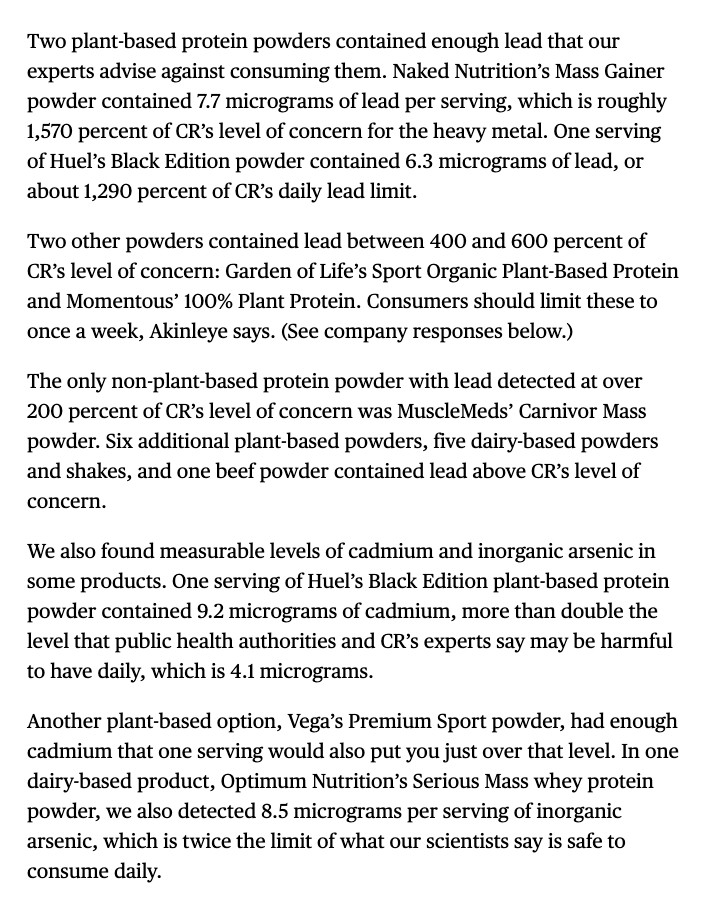
I use their drinks for quick calories+protein after working out but I see people online saying they are using it or similar products for 100% of their food. That sounds insane to me but as of now, I don’t know any reason it actually wouldn’t work. The company claims it covers 100% of the needed nutrients but also says to not stop eating normal food. But when has the fine print stopped people online? And when has a company ever had misleading marketing?
Resolves YES if some news report, investigation, or study (I will judge the journal or outlet) reveals a serious health effect in people who use this for the majority of their food (doesn’t need to be 100%, does need to be more than 50%). Also resolves YES if there is some credible example of a death or hospitalization as a direct consequence of someone attempting to live exclusively off this product.
Their various powers and premade drinks count. Their ramen noodles and other solid hot meal products do not.
People are also trading
Is there a reason there's been basically no probability movement in the last month?
Hi! Lead quantification expert here ( https://www.nytimes.com/2025/02/28/science/tea-leaves-lead.html )
The latest study from CR has some serious flaws.
1) The lead "levels of concern" it indexes on are complete bullshit numbers generated by the state of California without any scientific basis. These values are likely 100-1000x lower than amounts I would view as actually concerning.
2) This kind of testing is subject to several compounding sources of measurement error that I've detailed here: https://thebsdetector.substack.com/p/hes-making-a-plasticlist-hes-checking
3) There are concerns analogous to p-hacking (or selection bias at least) with this kind of study. Consumer Reports studies many types of products. Within each type of product, they test for many contaminants. They're bound to find that some combination of product and contaminant is high, and then they write an article on that one.
Huel say that the testing they do, as well as independent testing they have no control over in order to obtain some certification, has not shown unsafe lead levels:
https://www.reddit.com/r/Huel/comments/1o6j62j/comment/njilgkv/
I'll wait for independent confirmation - seems more likely to me that the one recent test is wrong than every other test done previously
@chrisjbillington Also 0.5 µg is an absurdly low threshold for CR to pick to compare to, it's well lower than any regulatory threshold I can find, and seems decently below what people are actually exposed to in their diets already
Don't get me wrong we should minimise lead exposure best we can, but it seems like this kind of exposure level is already par for the course
From a 2010 article (yes, exposure may have decreased in the last 15 years, but probably not by an order of magnitude):
https://www.efsa.europa.eu/en/efsajournal/pub/1570
In average adult consumers, lead dietary exposure ranges from 0.36 to 1.24, up to 2.43 µg/kg body weight (b.w.) per day in high consumers in Europe
I weight ~80kg so if I'm an "average adult consumer" my intake would be 30–100 µg per day.
7.7µg per serving of Huel is not making a difference, hell if it's replacing other food in your diet it might even be decreasing your total exposure
https://x.com/parismartineau/status/1978155280803238160

A single serving of Huel has between 1200 and 1600% of the concerning lead intake as well as excess cadmium.